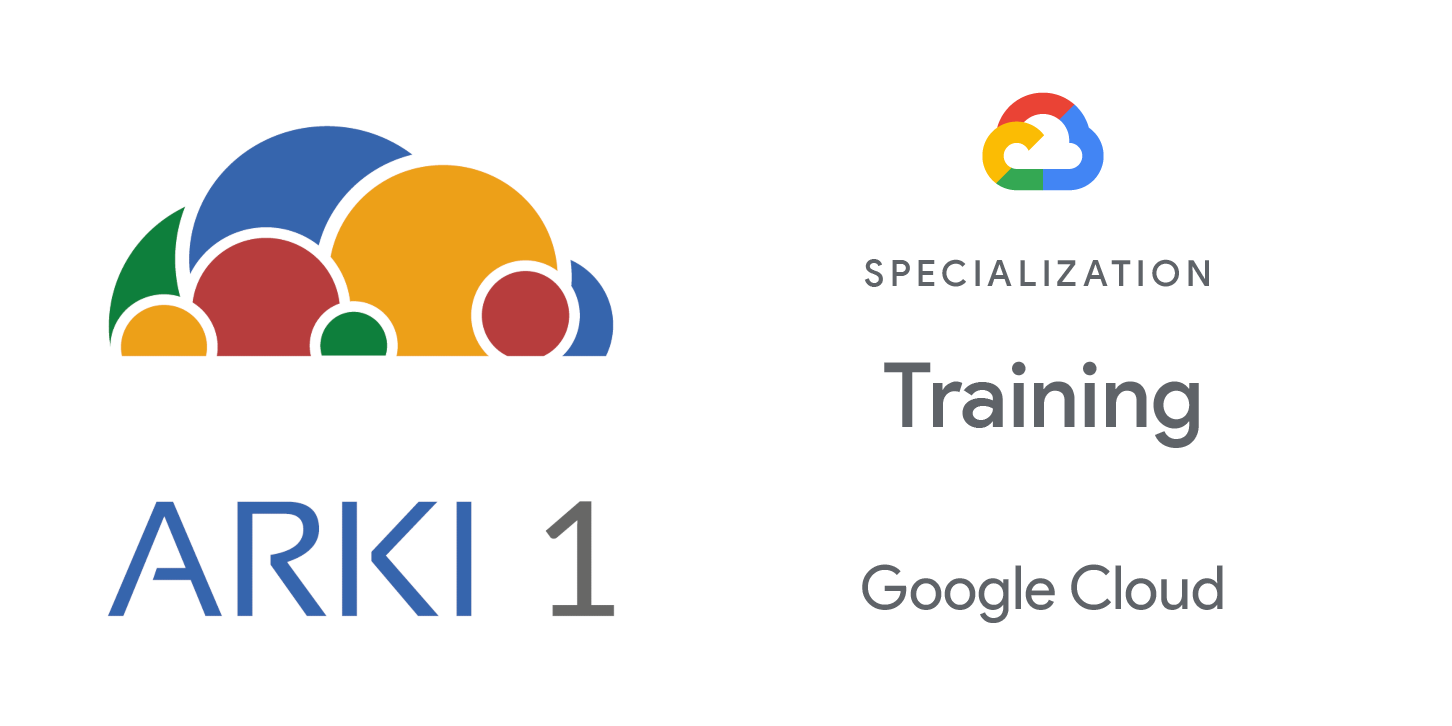Aprende a instalar y gestionar la plataforma de API Apigee de Google Cloud en una nube híbrida. Este curso utiliza conferencias, un laboratorio y recursos complementarios para mostrarte cómo instalar, gestionar y escalar tu plataforma de API Apigee.
Objetivos
En este curso, los participantes aprenderán las siguientes habilidades:
- Identificar el propósito y el valor de la plataforma de API Apigee.
- Describir conceptos básicos y capacidades de Google Cloud, Kubernetes, REST y Anthos.
- Discutir la arquitectura de la plataforma de API Apigee y las prácticas recomendadas para el diseño de topología.
- Explicar la terminología de Apigee y las estructuras organizativas lógicas.
- Instalar Apigee híbrido en Google Kubernetes Engine.
- Discutir la seguridad de la infraestructura, la gestión del acceso de usuarios, el almacenamiento de datos y las prácticas de cifrado utilizadas en Apigee híbrido.
- Gestionar entornos en Apigee híbrido.
- Discutir la planificación de capacidad y la escalabilidad de los componentes de tiempo de ejecución en el plano de tiempo de ejecución híbrido.
- Describir el proceso de actualización y reversión utilizado para la instalación de Apigee híbrido.
- Solucionar problemas y monitorear los componentes del plano de tiempo de ejecución híbrido utilizando registros, métricas y análisis.
Público
Esta clase está destinada al siguiente público:
- Arquitectos de Nube, Ingenieros de Nube y Especialistas en Operaciones.
Prerrequisitos
Para aprovechar al máximo este curso, los participantes deben tener:
- Familiaridad con comandos de Linux y la interfaz de línea de comandos.
- Comprensión básica de Google Cloud.
- Comprensión básica de GKE. Comprensión básica de redes.
- Comprensión básica de scripts de shell, XML, JSON, HTTP, REST y TLS.
Duración
24 horas (3 dias)
Inversión
Vea el valor actualizado y los próximos cierres para las clases abiertas en nuestra página de registro.
Si está interesado en una clase cerrada para su empresa, contáctenos.
Resumen del curso
El curso incluye presentaciones, demostraciones y laboratorios prácticos.
- Describe the Apigee API management platform, and the services and features it provides.
- Describe basic concepts and the capabilities of Google Cloud, Kubernetes, REST, and Anthos.
- Describe the architecture and networking used in Apigee hybrid and the various components that are used to operate the runtime plane.
- Describe the terminology, organizational structure, and the management API used in Apigee hybrid.
- Describe the process involved in installing Apigee hybrid.
- Describe the tools and commands used to configure and manage the components of the hybrid runtime plane.
- Perform an installation of the Apigee hybrid runtime plane in a Kubernetes cluster on GKE.
- Configure the Apigee hybrid runtime plane.
- Configure Apigee hybrid environments and environment groups by using the Apigee hybrid UI.
- Deploy simple API proxies to the Apigee hybrid environments.
- Validate Apigee hybrid environments by testing API proxies.
- Manage environments and API proxy deployments in Apigee hybrid.
- Determine how hybrid runtime components communicate securely within the runtime plane and with the hybrid management plane in Google Cloud.
- Describe how data is encrypted and how you can use role-based access control to manage user access in Apigee hybrid.
- Determine how to plan capacity for the Apigee hybrid runtime plane.
- Scale the Apigee hybrid runtime components.
- Upgrade an Apigee hybrid installation to a new release of the software distribution.
- Discuss rolling updates and how to roll back an upgraded Apigee hybrid installation to the previous release.
- Explain how the Apigee runtime plane generates logs, metrics, and analytics data.
- Monitor the health of Apigee hybrid runtime plane components.
- Troubleshoot issues with those components by using logs and metrics data.


